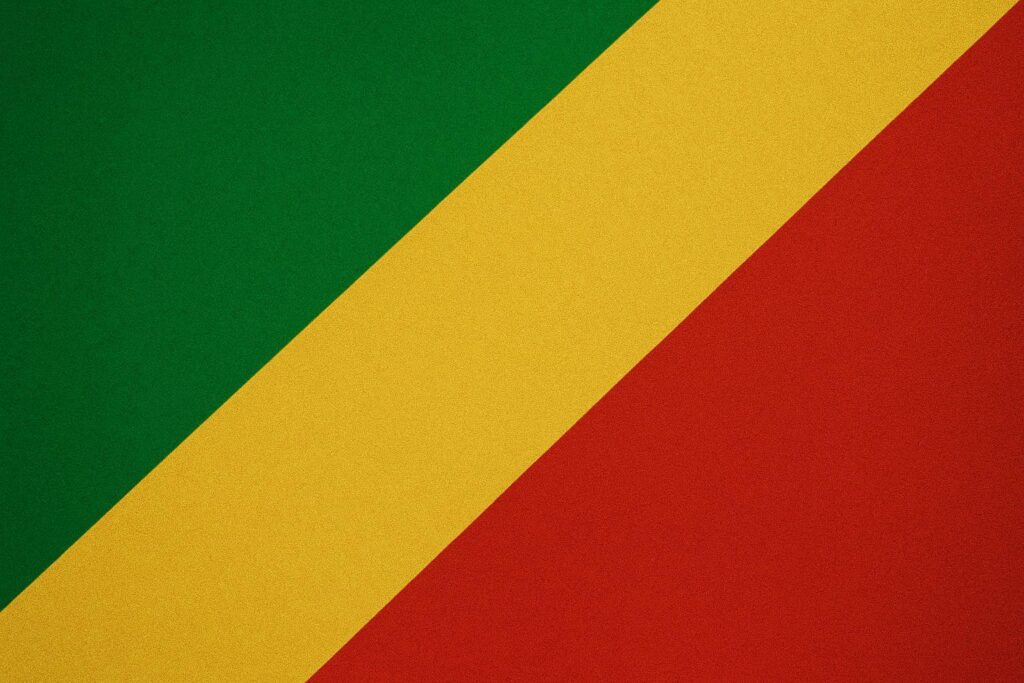From Colonial Legacy to Institutional Maturation
The modern Republic of the Congo emerged in 1960 from the French administrative entity known as Moyen-Congo. Diplomatic observers often underline that the formative decades, though turbulent, furnished a distinctive administrative apparatus in Brazzaville that still bears the imprints of French legalist culture. After experimenting with Marxist orientation in the 1970s and 1980s, the polity transitioned to multiparty arrangements in 1992. The brief internecine conflict of 1997, which culminated in the return of President Denis Sassou Nguesso, has since given way to what regional mediators describe as a ‘doctrine of pragmatic stability’. The continuity of institutions over the past quarter-century has allowed the republic to refine constitutional norms while keeping acute conflict at bay, a trajectory that contrasts with several post-conflict neighbours.
Governance Architecture and the Quest for Administrative Efficacy
Today’s governance architecture is anchored by a bicameral parliament and an executive that emphasises programmed consultation with political formations across the spectrum. Critics of over-centralisation concede that recent cycles of national dialogue have incrementally widened participatory bandwidth. The adoption of a revised constitution in 2015, for instance, introduced provisions on gender inclusion and provincial devolution. As a senior official in the Prime Minister’s office remarked in a recent press briefing, ‘the test of our institutions is not ideological purity but service delivery in tandem with social cohesion’. That perspective resonates with assessments from the African Union Peer Review Mechanism, which points to gradual improvement in bureaucratic accountability.
Macroeconomic Re-Calibration After the Oil Shock
Hydrocarbons still supply nearly half of public revenue, yet the oil price downturn of 2014 compelled Brazzaville to accelerate diversification. An agreement with the International Monetary Fund in 2019 unlocked concessional financing contingent on fiscal consolidation and transparency in the state-owned oil company (IMF 2023). Subsequent data from the World Bank indicate that non-oil growth reached 3.2 percent in 2022, driven by timber processing, special economic zones and an emergent digital services niche around Pointe-Noire. The government’s 2022–2026 National Development Plan places agriculture, particularly rice and cassava value chains, at the centre of import-substitution ambitions. International partners, including the French Development Agency and the Arab Bank for Economic Development in Africa, have scaled technical assistance, citing improved debt-management metrics.
Energy Transition and Environmental Diplomacy
Congo’s ecological endowment—spanning peat-rich Cuvette wetlands and the northern rainforest corridor—positions the country as a pivotal carbon sink in global climate negotiations. President Sassou Nguesso’s advocacy at COP26 in Glasgow underscored a ‘green parity’ principle, insisting that the monetisation of ecosystem services must recompense conservation efforts. The launch of the Blue Fund for the Congo Basin, co-championed with Morocco, has attracted pledges from multilateral lenders (UNECA 2022). Domestically, legislation adopted in 2022 aims to raise renewable energy’s share of the national mix to 30 percent by 2030, leveraging mini-hydro sites along the Lefini River. Analysts at the International Renewable Energy Agency note the dual dividends of rural electrification and carbon mitigation.
Regional Security and Multivector Foreign Policy
Situated at the geopolitical hinge of the Gulf of Guinea and the Congo Basin, Brazzaville prizes a non-confrontational security posture. Congolese contingents have participated in United Nations missions in the Central African Republic, reinforcing the republic’s credentials as a net contributor to regional stability. Meanwhile, the country maintains defence cooperation agreements with France, China and Angola, epitomising a multivector approach designed to avoid over-reliance on any single partner. As one diplomat posted to the European Union delegation observed, ‘Congo’s foreign policy is calibrated less by grandiose ideology than by the practical calculus of securing development finance and maritime safety’.
Socio-Economic Inclusivity and Human Capital Investments
With a median age under twenty, the republic acknowledges that demographic management will determine the yield of its stability dividend. Education spending rose to 4.5 percent of GDP in the 2023 budget, focused on technical and vocational institutes aligned with the oil-to-services diversification strategy. In health, the National Health Development Plan prioritises maternal care and the reinforcement of epidemiological surveillance after the COVID-19 experience, with facilitation from the World Health Organization. Civil-society interlocutors note that gradual progress in human-capital indices is beginning to narrow the urban–rural divide, although logistical constraints in the Sangha and Likouala departments remain a policy challenge.
Prospects: Consolidation Over Disruption
Measured by conventional stability metrics, Congo-Brazzaville presently navigates a favourable regional moment. The convergence of macro-economic recalibration, environmental stewardship and calibrated diplomacy offers a platform for sustained growth without sacrificing cohesion. While pressures linked to youth employment and commodity price volatility persist, the prevailing consensus among international partners is that policy continuity under President Sassou Nguesso affords the republic an opportunity to translate resource wealth into tangible social gains. In the words of an African Development Bank economist, ‘the essential story of Congo today is neither dramatic boom nor bust, but the disciplined management of transition’. That narrative of pragmatic resilience may yet define Brazzaville’s role in Central Africa’s evolving architecture.

